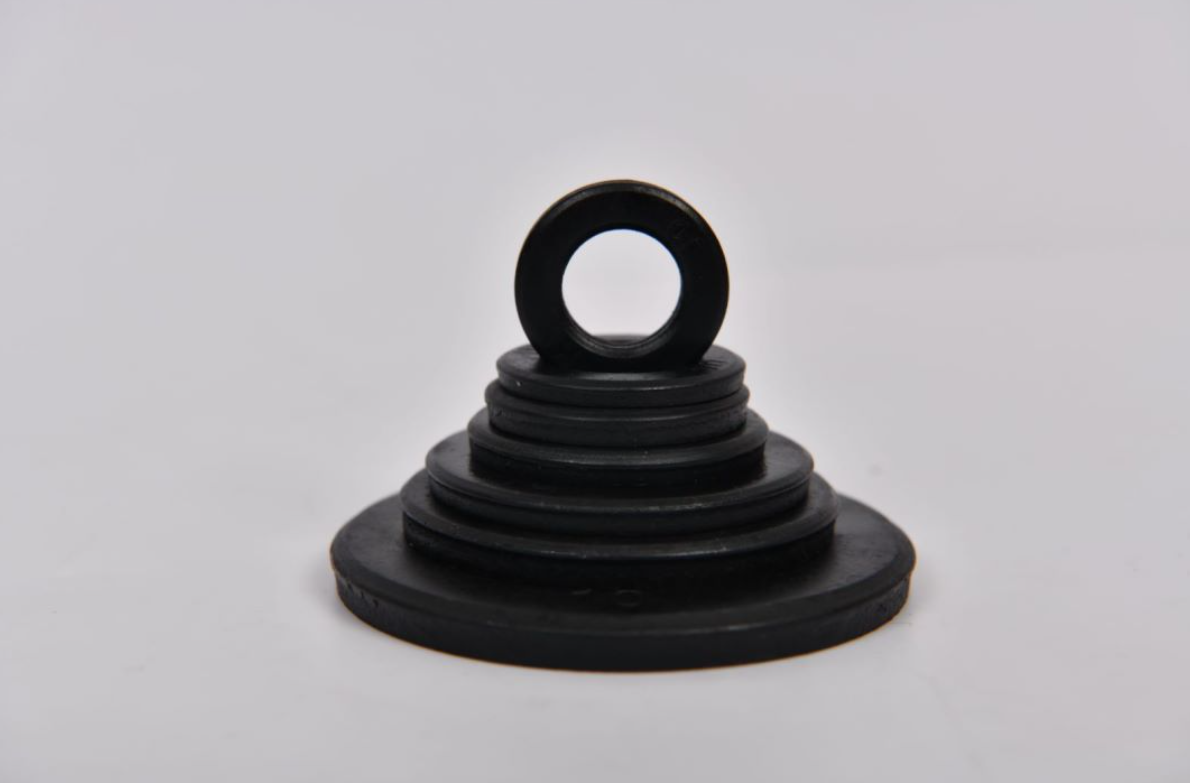self tapping screw standard sizes quotes
Understanding Self-Tapping Screw Standard Sizes
Self-tapping screws are a crucial component in various construction and manufacturing applications, known for their ability to create their own mating threads in a material. This feature eliminates the need for pre-drilled holes, making them a popular choice among professionals and DIY enthusiasts alike. However, when selecting self-tapping screws for a specific project, understanding standard sizes is essential to ensure the right fit and functionality.
What are Self-Tapping Screws?
Self-tapping screws are designed with a sharp point that allows them to penetrate and tap threads into the material they are driven into, such as wood, metal, or plastic. These screws may come with different head styles (such as Phillips, slotted, or hex), lengths, and diameters, catering to various applications. The standardization of sizes helps in selecting the right screw for any given task.
Standard Sizes
Self-tapping screws are categorized by both diameter and length, with metric and imperial systems commonly used. The sizes can be expressed typically in the following formats
- Diameter This is generally noted in gauge numbers for imperial measurements (e.g., 6, 8) or in millimeters for metric measurements (e.g., M3, M4). - Length Length is measured from the top of the head to the tip of the screw and is usually expressed in inches or millimeters.
For example, a common size for a self-tapping screw might be 8 x 1, which indicates a 8 gauge screw with a length of 1 inch. In metric terms, this might correlate to a screw that is 4.2 mm in diameter and 25 mm long.
Choosing the Right Size
self tapping screw standard sizes quotes

When choosing self-tapping screws, consider the following factors
1. Material Different materials may require different screw sizes. For instance, a thicker metal piece may necessitate a larger screw diameter for adequate strength. 2. Application The load and stress the screws will endure can influence the size. For heavy-duty applications, opting for larger screws may be necessary. 3. Surface Treatment Screws may come in various coatings such as zinc plating, which can prevent rust and corrosion. The coating might add slight variations in diameter, so it's essential to account for this when selecting size.
4. Pilot Holes In some instances, even self-tapping screws benefit from pilot holes. Knowing the diameter and required torque can help in determining whether a pilot hole is advantageous for your application.
Common Applications
Standard sizes of self-tapping screws are found in a variety of applications, including
- Woodworking Used to fasten wooden pieces together, providing a strong hold. - Sheet Metal Ideal for roofing and metal cladding, where they penetrate sheet metal without the need for pre-drilling. - Electrical Often used in machinery for securing panels and components.
Conclusion
Understanding self-tapping screw standard sizes is essential for ensuring the right fit and function in various applications. By considering the material and specific needs of your project, you can make informed choices about the size and type of self-tapping screws to use. Whether in construction, woodworking, or automotive applications, selecting the appropriate screws can enhance durability and performance. Always refer to manufacturer specifications and guidelines to ensure you are using the correct sizes for your needs.
-
Top Choices for Plasterboard FixingNewsDec.26,2024
-
The Versatility of Specialty WashersNewsDec.26,2024
-
Secure Your ProjectsNewsDec.26,2024
-
Essential Screws for Chipboard Flooring ProjectsNewsDec.26,2024
-
Choosing the Right Drywall ScrewsNewsDec.26,2024
-
Black Phosphate Screws for Superior PerformanceNewsDec.26,2024
-
The Versatile Choice of Nylon Flat Washers for Your NeedsNewsDec.18,2024










